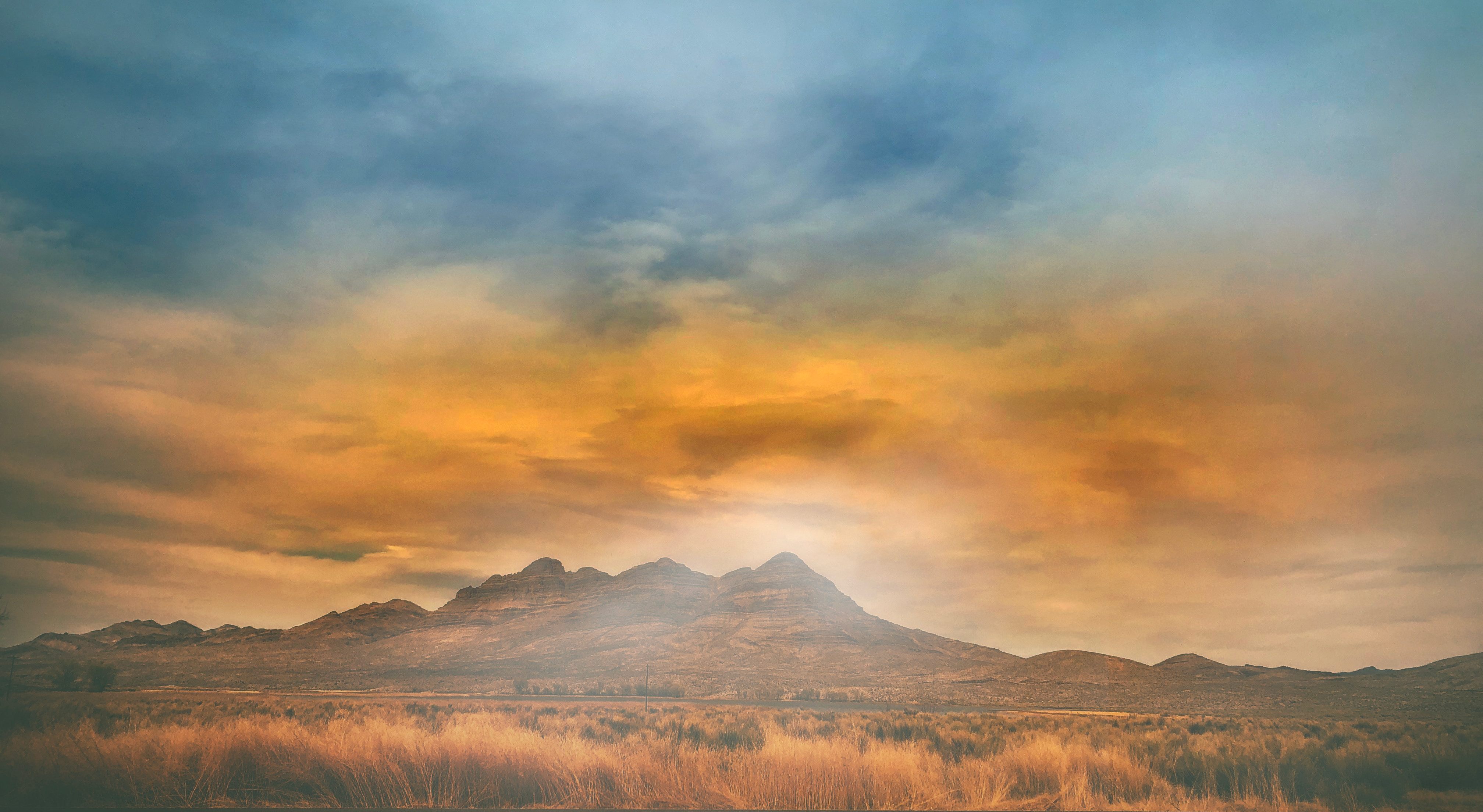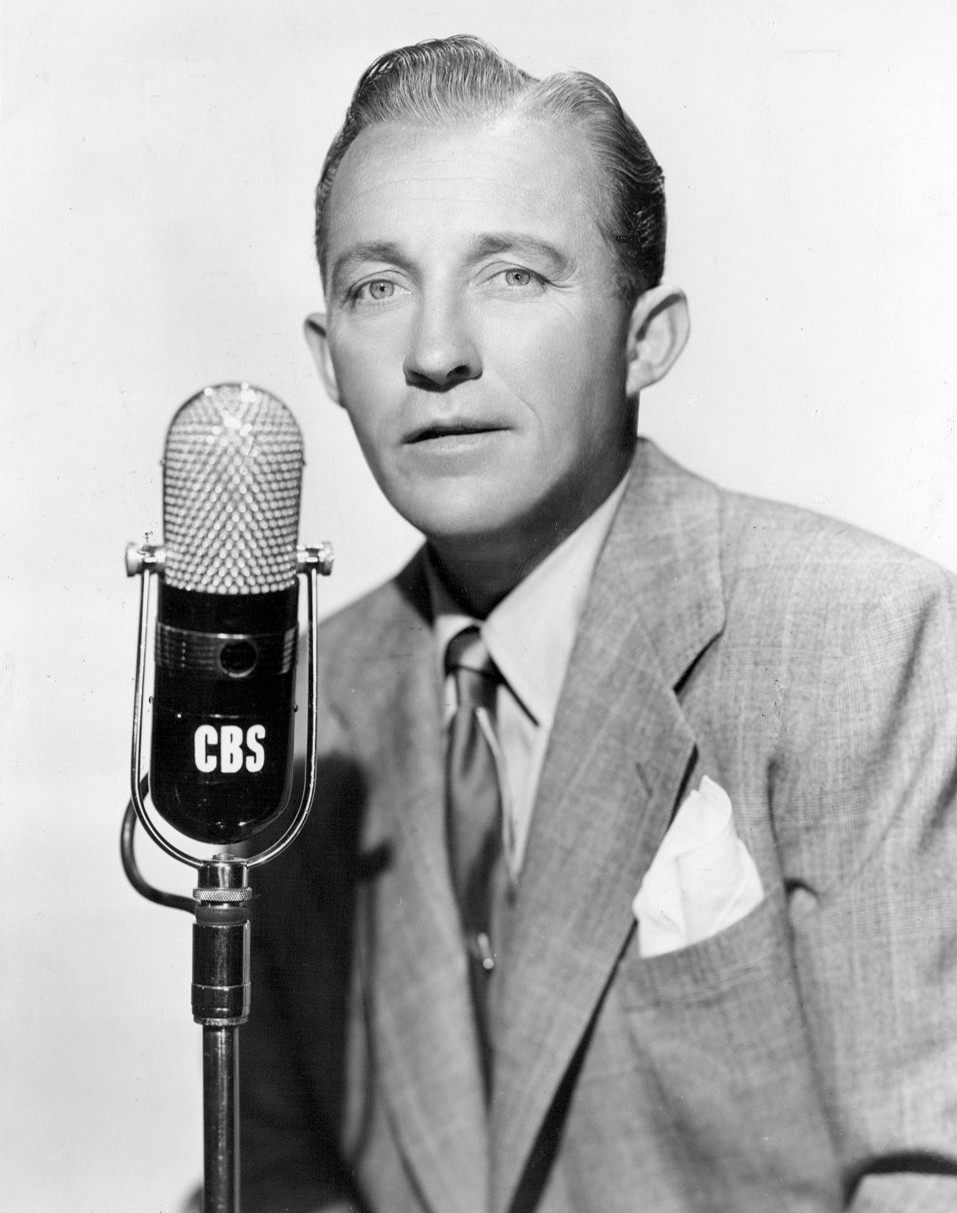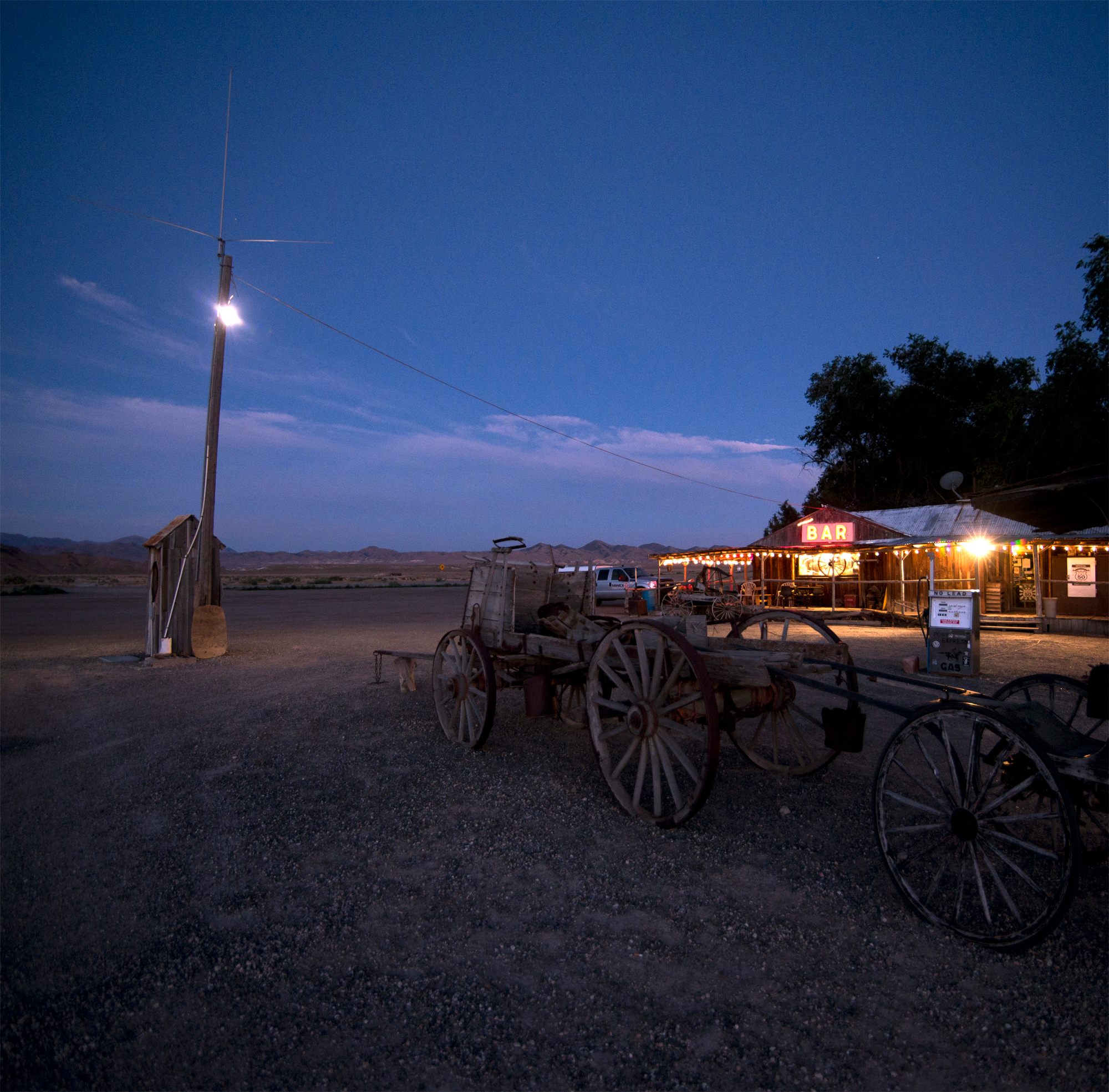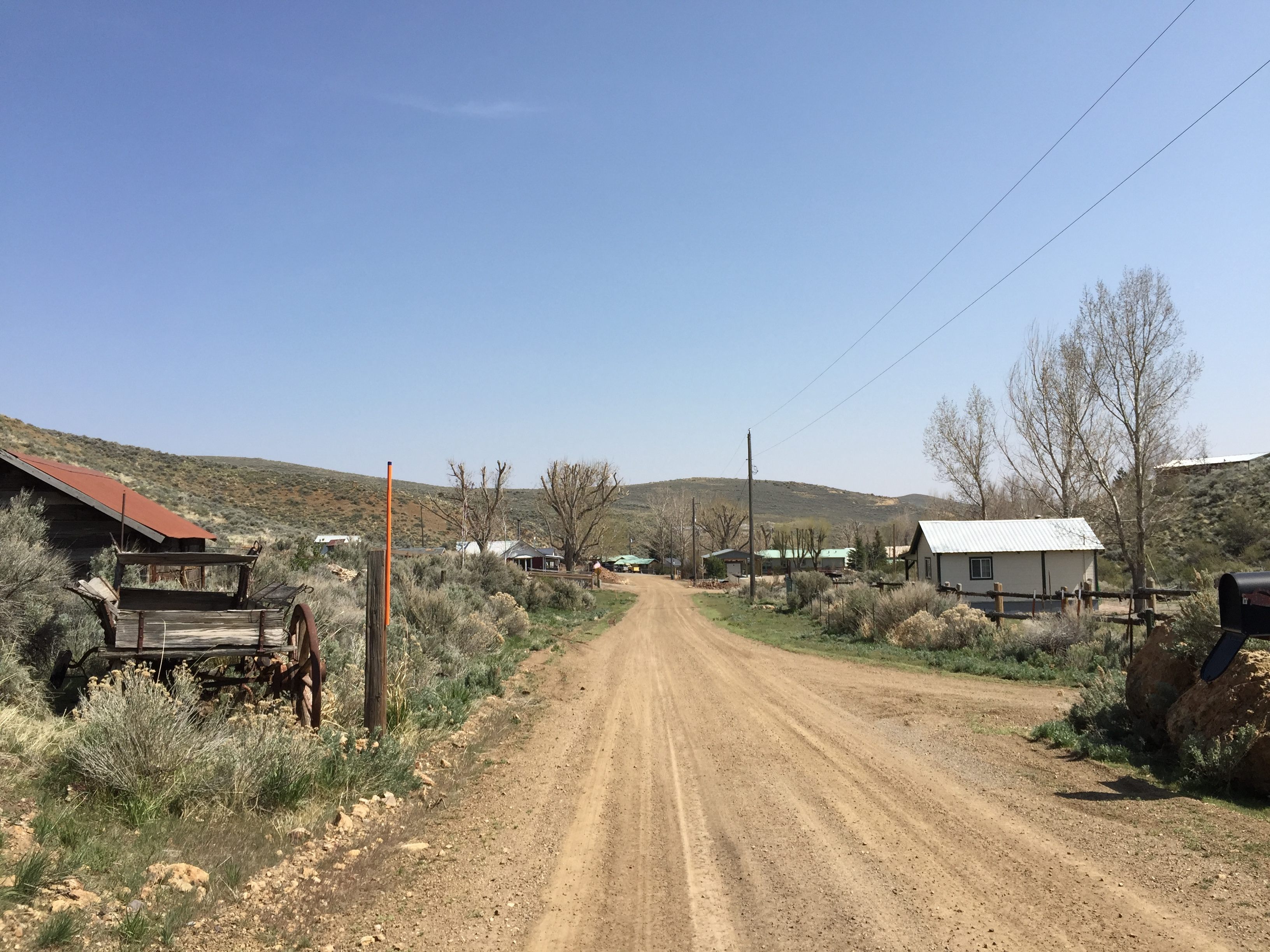We Asked Nevada Insiders to Share Their Best Hometown Stories
Answers included ghostly encounters, unforgettable hikes, and Bing Crosby.

Nevadans possess a unique sense of pride in the state they call home. Some have lived there for generations, while others are recent transplants (it’s one of the fastest growing states in the U.S.). Speak to any one of them and it will soon become clear that despite its size, the Silver State’s greatest champions are those who comprise its smaller, close-knit communities.
We wanted to hear about the Nevada history that you can’t find online or in books, so we turned to some of the folks behind the state’s most storied institutions, asking them to share with us local legends, personal anecdotes, and phenomenal experiences that left them thinking “only in Nevada…” Conversation is currency in these towns, and stories are more precious than souvenirs.
From Reno to Ely and from Tonapah to Elko, our sources shared stories that paint a colorful picture of a state known for its desert hues. Here are some of our favorites.

Tonopah
When we first got to Tonopah and I was in the lobby of the hotel, an old turquoise miner named Dean was talking to me and said, “I’ve never believed in ghosts until I sat in this lobby right at this bar. One of my best friends, an old miner, had gotten a room on the fifth floor and was coming down to me for drinks.” Dean’s friend came out of the elevator and looked stark white. He didn’t even speak to Dean at first; he went straight to the bar and ordered a whiskey.
Dean’s friend said, “I rode down the elevator with a woman. I was talking to her, and she was real as can be. But when I turned to hit an elevator button and turned back around, she was gone.”
I’ve been in that hotel alone, and when we first bought it, I would find pearls whenever I was cleaning up. And it was so weird, because I would always find them out of place. I’d find them in strange places, like beds, like someone had placed them there.
We had a wine tasting and we’d gotten an industrial vacuum and cleaned the whole place up. I was sure the whole place was clean. And when we opened the wine table, there was a pearl right there. —Nancy Cline, co-owner, Mizpah Hotel
Ely
Our nighttime skies are just absolutely amazing. I’m born and raised here. I see the Milky Way every night. I didn’t realize that that’s not the standard for everybody. They had an astronomy festival here one year. My youngest son had just finished a soccer game. I wanted to go the astronomy festival, and he was being grouchy because he was tired. I said, “We’ve been doing what you’ve wanted to do all day, so it’s my turn now.” He fell asleep in the car, and when we got there, the Milky Way was right over the top of our truck. He jumped out, and said, “Oh my God, mom, that is so cool.” And I said, “See, I told you!” Even for me, it was cool, and I see it all the time. —Meg Rhodes, Events Planning Specialist, White Pine County Tourism
Virginia City
Bonanza made Virginia City famous and people from all over Europe would come visit because of the show. I met all the Cartwrights from Bonanza. I sat on Lorne Greene’s lap when I was 11; I’m 58 now. Michael Landon parked in front of our house.—Connie Carlson, Owner, Silver Queen Hotel

Elko
We had a very well-known guy who used to come to Elko: it was Bing Crosby. And this was in his heyday of movie-making and singing. I don’t know how he became aware of northeastern Nevada or Elko county, but he had several working cattle ranches up here. This was mostly through the 1940s and early 1950s.
He would bring his family up here to spend the summer, and his three older boys were involved in 4H and that kind of stuff. When he was in Hollywood, Bing’s contract required him to wear a toupee, which makes me look differently at every picture I see of him now. He was very thin of hair, and when he was up here, he did not wear his toupee, and he was just regarded as anybody else. People didn’t fuss and fawn over him. They didn’t follow him around. There were no Bing groupies after him for autographs.
He was very Catholic, and there was a small Catholic church at that time, and he would just slip into the back row and would join in at church services and of course everyone recognized his voice.
Here’s another story: I run the kids’ programs for [the National Cowboy Poetry Gathering] and have for 16 years. The kids come in the week before, and we tour the exhibit– it’s a new exhibit every year. Then they get to stamp leather, and make a bookmark, then we have a show-and-tell of saddles and bridles and hot irons and stuff.
It’s a mix of kids, and right now this is primarily a mining community. So we had this one little boy, and they were describing some hand-stamped boots. They were supposed to tell us or write down what they saw in these boots. The top was blue with stars. And this little kid who could barely speak English, says: “I see a beautiful midnight blue sky with stars coming down from the heavens.” And I thought, “Oh! You are a poet and you don’t even know it!” He was just enthralled with all of it.
As I’ve said, we’re primarily a mining region (this is the largest gold-mining region in the United States; third in the world) and most of these kids are town kids that are not exposed to the cowboy and ranching world. So it gives them the opportunity to be a tourist in their own backyards. —Jan Petersen , Cowboy Arts and Gear Museum director
Austin
This is one of the only places in Nevada you can see an F-16. A week after I bought the bar, I saw an F-16, and an F-18 chasing the F-16. I saw the top of the F-16 once it went down into the valley. They were playing war games.
They’re always in the Smoky Valley, to stay off radar. We see them over here a lot, but that’s the only time I’ve seen the top of one. It went over my head first, then down into the valley a bit. The pilot saw me, and he wagged his wings a bit. Those pilots are pretty sharp. —Joe Veach, Owner, Lucky Spur Saloon, Austin, Nevada
McGill
We apparently have a ghost that haunts us. I don’t know if we want it out there that we have a ghost that inhabits our museum or not. But we have a routine for checking off stuff, you turn the lights out everywhere before you leave. Every month, these lights are on when you come in the morning that were shut off.
And we were like, “Ok, maybe someone has a key we’re unaware of.” So we changed the locks, and we have an alarm code now.
Sometimes it’s the 13th, sometimes it’s the 14th, sometimes it’s the 15th. We have a research room; sometimes the lights are on in the research room, and sometimes the lights are on in the medical cabinet. He’s a pretty picky ghost, so I don’t know what he — or she — is looking for, but they’re always here in one of those two rooms. We consider it a ghost because we have video, alarms, and keys, and we would know if anyone was coming in here. But it might be a poltergeist, you know, one of those mischievous little devils.
I’ve been on the board here for two years now, and our ghost has been here longer than that because everyone knew about it when I came on. We try to keep everybody in the loop because, you know, you don’t want to be the only crazy person around who thinks things are being moved. —Barbara Jirak, McGill Drug Store Museum

Eureka
I have great memories at the Opera House. I think one of the best is that for the last 20-something years, I’ve stamped that Highway 50 Survival Guide. I deal with tourism on Highway 50, and it’s great to interact with people who come through and ask for a stamp. It brings in every kind of person. I’ve seen everything, from guys running through on horses, to guys in wagons, to guys pushing cars and riding motorcycles, to guys hiking. We get [tourists from around the world] walking in and they get excited taking a picture of you stamping their book. Just every kind of person walking through that door. —Patty Peek, Manager, Eureka Opera House
Hawthorne
The noon whistle. Every day at noon it goes off so everyone knows it’s 12 o’clock. They used to used to use it if there was a fire or emergency and they tested it every day at noon. It was attached to the fire station that was there at the time. We have a new station in a different location, but they left that bell there because everybody missed it. Depending on what part of the country they’re from, some people might think it’s a tornado warning the first time they hear it.
A joke at my church is that we would always tell visiting pastors that at 12 o’clock the whistle goes off, and there’s a door under the pulpit that opens up. In other words, you’re supposed to be done by noon. —Wanda Millsap, Hawthorne Ordnance Museum executive officer

Fallon
We have the last surviving house out of the Rawhide mine. The mining company donated it to Churchill County. We bought it in 1995 and brought it to our property.
It was owned by Anna Elleser. She had several husbands, and loved the mining industry. She raised her kids up in the hills at the Rawhide mine. She did everything up at the mine. The Rawhide mine closed in the 1930s or 1940s; even after the town was abandoned, she refused to move. When she was really old, her family moved her from Rawhide to an assisted-living home. They say she stayed one day, and then walked all the way back to the mine. She lived in that house until the day she died.
All our customers who’ve stayed in the house have said that they’ve seen her. She’s still there, you can feel her. She’s not offensive or anything, she just wants to stay there. —Fredda Stevenson, Co-owner, Middlegate Station
Reno
On a cold Nevada morning in late 1975, I scrambled with my climbing partner Paul Bancroft up the last thousand feet in a deep granite recess between two buttresses of Mt. Limbo, a peak in northern Nevada. I hesitated before the shadowed fissure that split the highest blocks, but with a makeshift belay from Paul that included his belt, I clambered up the final pinnacle. It was my first ascent of a desert peak, and although I had climbed higher mountains to the south in the Sierra, this architectonic summit was infinitely more seductive. It was as if I had climbed up the spire of a cathedral to look outward upon the naked design of the planet. The hyper aridity of the atmosphere allowed my gaze to encompass both the rim of the Great Basin, formed by the Sierra Nevada above Lake Tahoe, and the Black Rock playa eighty miles to its north, an enormous dry lake bed the alkali center of which has been called the only absolute desert in North America. Turning three hundred and sixty degrees, I took in a thousand square miles of deeply corrugated landscape within the Basin, the last physiographic province in the United States to be discovered and its most desolate.
I found myself watching my mind map the terrain in both space and time—and that was the wonder, how the terrain became mental territory. I could see the process of my converting space into place as I was doing it, and knew I wasn’t just imposing a cultural grid upon a bird’s-eye viewscape, but performing a deeper cognitive act, one rooted in the evolution of our species and possessed of a fundamental emotional resonance. I was in a state of contemplation allied to worship. Ever since then, whether in my home range of the Sierra Nevada or as far away as the Himalaya and the Antarctic, my hope when ascending a peak has been to experience again that concatenation of landscape and mind. —Bill Fox, Director, Center for Art + Development, Nevada Museum of Art

Midas
One of the most interesting conversations I’ve had was with a guy this week. I never got where his home base is, but this was his fifth trip across the U.S. on a bicycle. And he figures he’s traveled over 20,000 miles on this one bicycle in the last ten years. He actually got a ride from this guy in town we call “Miner Mike” who was in Colorado a couple weeks ago. Miner Mike was there and met this guy at an Ace Hardware store, and this guy on the bike said “I’m heading to Washington now,” and Mike wanted someone to ride with him so he gave him a ride here. He’s been doing some work for Mike this past week-and-a half. They took off yesterday to Reno and that’s where Mike’s dropping him off so he can continue his pedal to Washington. He was very interesting.
He kind of reminded me of an old hippie. Wore a bandana. Got divorced from his wife and sold everything he had, put his kids through college, and basically went off the grid. He stops and does odd jobs here and there. Fishes creeks and streams for food. Cleared some brush for Miner Mike. Miner Mike has a way of picking people up and helping them out.
The bicycler has no particular agenda. He doesn’t know when he’s going, where he’s going, or why he’s going. He just goes.—Page Adkins, Owner, Midas Saloon and Dinner House
This post is promoted in partnership with Travel Nevada. Head here to get started on your adventure.






Follow us on Twitter to get the latest on the world's hidden wonders.
Like us on Facebook to get the latest on the world's hidden wonders.
Follow us on Twitter Like us on Facebook